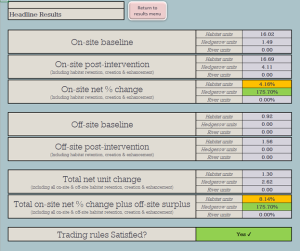The principle of Biodiversity Net Gain was enshrined in law within the Environment Act 2021 and it means developers in England will be required to deliver a minimum of 10% “Biodiversity Net Gain” for building new housing, industrial or commercial developments so there is a positive benefit for nature. The type of habitat and its condition on site will need to be assessed by a suitably qualified ecologist before plans are submitted to the local planning authority, which will detail how a 10% benefit for nature will be achieved and secured for at least 30 years.
This principle is expected to be made mandatory for all larger developments from November 2023 with implementation at smaller sites following in April 2024. Smaller sites are those where the number of dwellings to be provided is between one and nine (inclusive) on a site having an area of less than one hectare, or where the number of dwellings to be provided is not known, a site area of less than 0.5 hectares. There are also stipulations for smaller industrial developments and there are exemptions for self-builds to ensure implementation is targeted towards developments which would generate the most impact to biodiversity.
Some larger developments are already using a biodiversity metric calculation to demonstrate net gain, ahead of it being made mandatory. For smaller developments this tool may not be appropriate. WFE are able to produce Biodiversity Net Gain calculations using DEFRA’s Biodiversity Metric and we have good experience in a wide range of projects from cable routes to large residential developments.
A 10% Biodiversity Net Gain should ideally be achieved on site and this is prioritised. Those habitats that will be lost by the development must be replaced on a ‘like for like’ or ‘like for better’ principle and must comply with the ‘biodiversity metric trading’ rules. For those sites which cannot deliver onsite net gains, then offsite net gain will be required. Here developers will pay for biodiversity net gain on other sites by purchasing ‘biodiversity units’ via a private, offsite market. A government-run statutory credit scheme is also being created where developers can buy and access credits as a last resort. In order to buy credits, developers will have to demonstrate they cannot deliver habitat onsite, or via the off-site market. The proceeds will be invested in habitat creation. This is all to be finalised by the government.
Project Examples
Long Stratton area action plan
WFE was commissioned to provide an ecological assessment of a proposed bypass and 1,800 house development at Long Stratton in Norfolk. We worked with the development team from an early…

